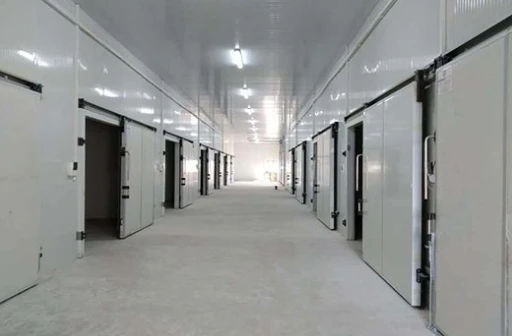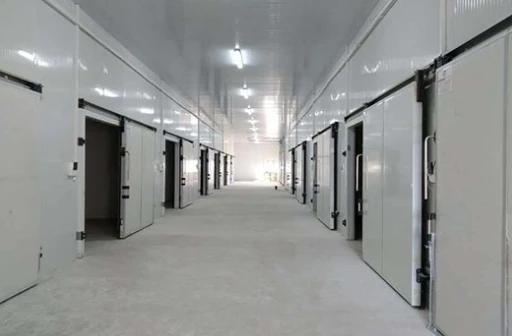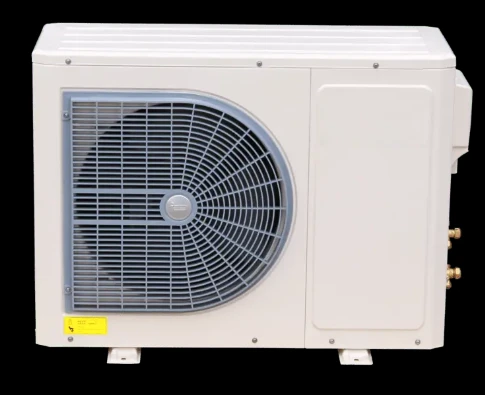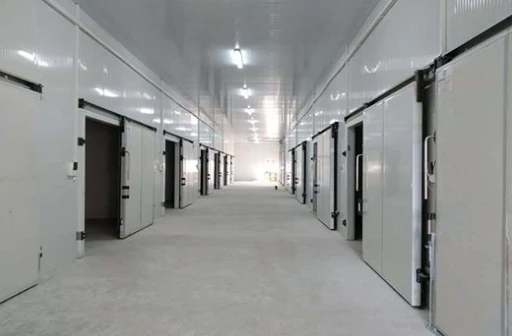Iqf Freezer: Rich And Diverse Features
IQF freezer can quickly freeze to ensure that each piece is individually frozen, preventing them from sticking together and maintaining their respective texture and flavor. This process is also known as fast freezing, fast freezing, or super freezing. The low temperature used helps maintain the cellular structure of food. When food is slowly frozen, ice crystals form inside cells, causing damage to the cell wall and resulting in the loss of texture and flavor. However, through IQF freezing, the rapid freezing process minimizes the formation of large ice crystals, ensuring the flavor of the food. This article mainly discusses the various characteristics of IQF freezer.
IQF freezer has the characteristic of rapid freezing
Tha an IQF blast freezer is capable of freezing food to below -18 ° C in a very short amount of time. This rapid freezing process effectively slows down the freezing rate of food, thereby maximizing the preservation of its nutritional value and flavor. Through rapid freezing, IQF technology can prevent the formation of ice crystals, maintain the cellular structure of food, and prevent water loss and poor taste after thawing. This not only ensures the quality of food during frozen storage, but also allows consumers to experience a taste and flavor closer to freshness when enjoying it. Seafood such as fish, shrimp, crabs, etc. need to be quickly frozen after processing to maintain freshness and flavor, because the IQF spiral freezer can quickly freeze individual food particles to prevent them from sticking during the freezing process. Using it can effectively prevent the surface of food from freezing into chunks.
IQF freezer has a high degree of automation
Modern IQF freezing machines are typically equipped with advanced automation control systems, which enable precise control of temperature, wind speed, and product delivery speed during the freezing process. These intelligent systems integrate highly sensitive sensors and program settings to monitor and adjust the freezing environment in real-time, ensuring that each batch of food can be quickly frozen under optimal conditions. Accurate temperature control can prevent temperature fluctuations during the freezing process of food, thereby effectively improving the quality of freezing; The adjustable wind speed setting not only ensures the uniform distribution of cold air, but also optimizes it according to the needs of different types of food to achieve the best cooling effect. At the same time, the precise adjustment of product conveying speed ensures that the food stays in the freezing tunnel for just the right amount of time, further improving freezing efficiency and product consistency. This high-level automation not only improves production efficiency and reduces the need for manual intervention, but also enhances the controllability of the freezing process, enabling food processing enterprises to better meet the market's demand for high-quality frozen food.
IQF freezer has the characteristic of low energy consumption
Although the initial investment is relatively high, the cost of IQF refrigerators is particularly evident in their advanced technology and equipment configuration, but the long-term benefits they bring are obvious. Compared to traditional refrigeration equipment, the freezer IQF consumes relatively less energy during operation. This is mainly due to its optimized design and intelligent control system, which can automatically adjust working parameters according to actual needs and reduce unnecessary energy waste.
Meanwhile, the shorter time required for rapid freezing also means that the use of cooling capacity is more concentrated and efficient during the freezing process, thereby reducing overall energy consumption. Overall, although the initial investment is relatively high, the IQF freezing machine can ultimately bring considerable economic returns and more sustainable competitive advantages to food processing enterprises by improving production efficiency and saving energy costs.
As an important equipment in the modern food processing industry, the IQF freezing machine plays a crucial role in food preservation and quality improvement due to its efficient freezing performance and intelligent control system. It is not only an ideal choice to ensure food quality, but also brings considerable economic benefits and sustained market competitiveness to enterprises.
-
Tube Ice Machine Cost EffectiveNaidheachdanSep.04,2025
-
IQF Freezer Locks in FreshnessNaidheachdanSep.04,2025
-
Condensers Reject Heat EfficientlyNaidheachdanSep.04,2025
-
Cold Room Door DurabilityNaidheachdanSep.04,2025
-
Chiller Reduces Energy CostsNaidheachdanSep.04,2025
-
Big Block Ice Machine Energy ConsumptionNaidheachdanSep.04,2025
















































































































